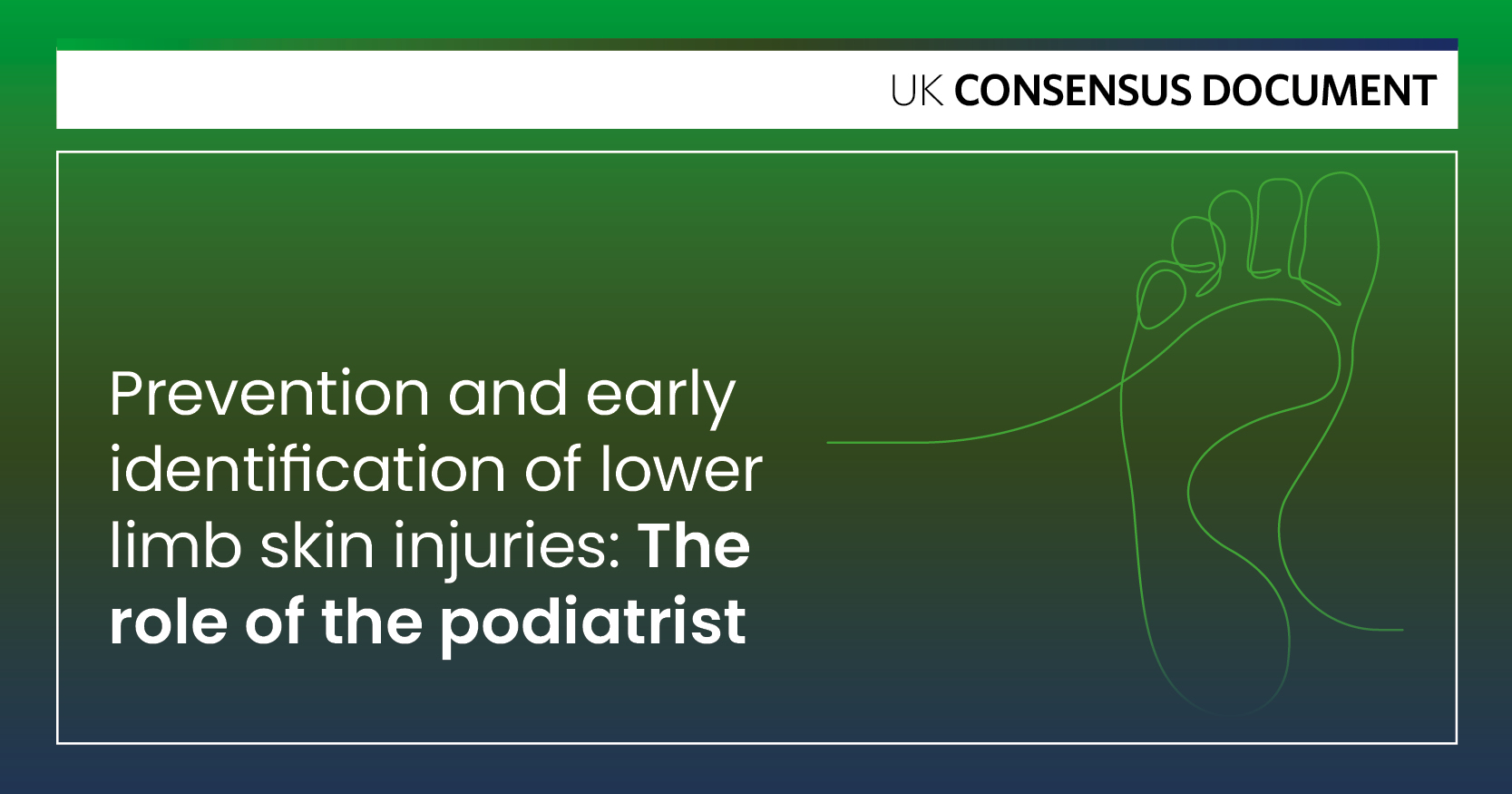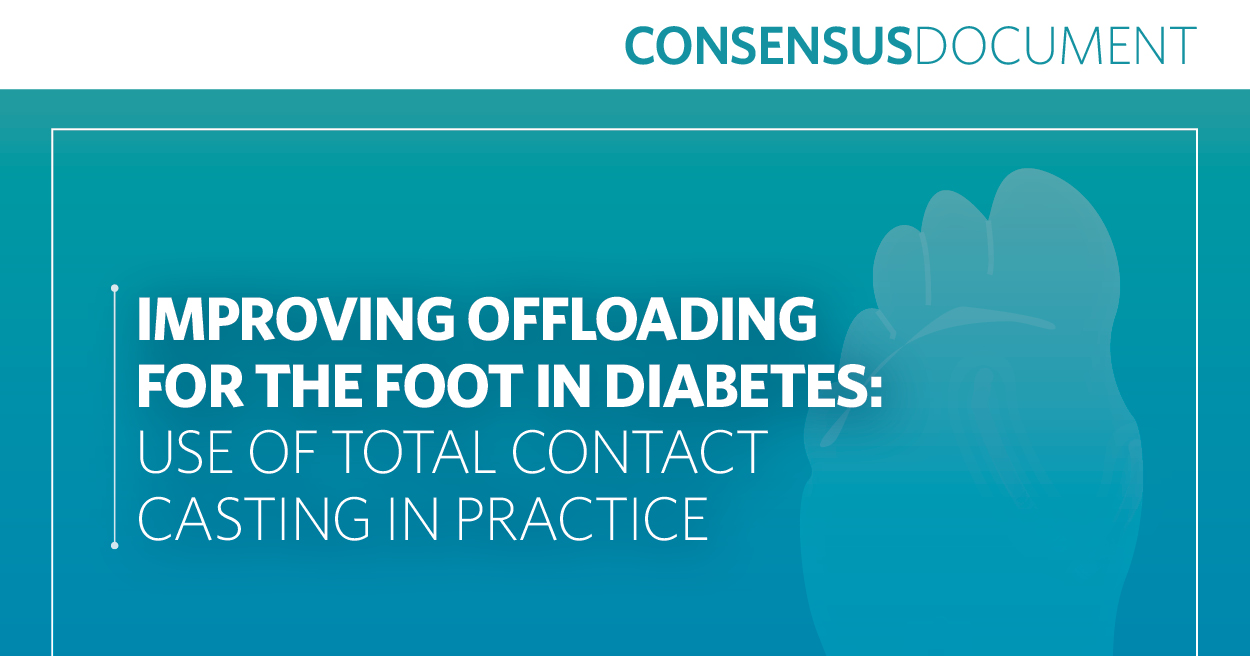Heel ulceration is common and is often the result of prolonged pressure or repetitive/direct trauma usually in the presence of ischaemia and/or neuropathy. It is a challenging condition to treat, often taking longer to heal and resulting in a higher incidence of amputation when compared with forefoot ulceration (Pickwell et al, 2013; Byerley et al, 2016). This is due to the ischaemic component of the disease. Heel ischaemia results from disease of the posterior tibial (PT) and peroneal arteries. In a proportion of patients with heel ulceration, a diagnosis of orphan heel syndrome will be made. This occurs where there is a triad of 1) PT and peroneal artery disease, 2) poorly controlled diabetes and 3) renal failure, leading to compartmentalised blood supply with isolated heel ischaemia and paradoxical normal forefoot perfusion (Taylor, 2013).
Blood supply to the heel and the angiosome concept
Understanding the concept of angiosomes is essential to the assessment and management of patients with orphan heel syndrome. First described by Taylor and Palmer in 1987, this concept describes a three-dimensional anatomical territory, which is derived from a ‘source’ artery, termed ‘angiosome’, of which there are six in the foot and ankle (Figure 1). The heel consists of medial and lateral calcaneal angiosomes, perfused by the calcaneal branches of the PT and Peroneal arteries respectively. Thus, occlusive disease affecting the vascular supply to the heel angiosomes may result in heel ischaemia. Adjacent angiosomes are connected through arterial-arterial connections and via ‘choke’ vessels, and these connections can usually compensate for ischaemic events in an adjacent angiosome (Attinger, 2006).
However, these compensatory mechanisms can be affected by severe pedal atherosclerosis as seen in diabetes and renal failure. This results in the compartmentalisation of blood supply seen in orphan heel syndrome, whereby the heel circulation is absent in the presence of normal forefoot perfusion (Figure 2) (Jongsma et al, 2017). Thus, the angiosome concept is particularly important in assessment and management of these patients.
Assessing the vascular supply in patients with orphan heel syndrome
The ischaemic nature of heel ulceration may be under-appreciated due to the often relatively normal forefoot perfusion. Traditional non-invasive measures, such as ankle- or toe-brachial pressure indices that measure foot perfusion, may significantly under-estimate heel ischaemia and, thus, healing potential, as they measure the best ankle pressure reading which, in this patient group, is the anterior tibial artery. Alternative non-invasive measures of tissue perfusion are, therefore, important in these patients. Such measures include transcutaneous oxygen tension (tcPO2) and skin perfusion pressure (SPP), which may more specifically assess heel perfusion (Byerley et al, 2016). Florescin angiography is a minimally invasive modality for assessment of tissue perfusion, involving IV indocyanine green (ICG) injection and monitoring of its dissemination into the tissues, avoiding the risks of conventional angiography (Byerley et al, 2016). However, the latter remains an important imaging modality affording detailed evaluation of the foot vessels and allows for accurate planning of endovascular or surgical revascularisation (Palena et al, 2014).
Revascularisation in patients with orphan heel syndrome
Revascularisation is important in any ischaemic ulceration. The angiosome model of revascularisation (AMV) consists of targeting the specific ischaemic area through revascularisation of the vessels perfusing the same, a concept known as direct revascularisation (DR). Compared to a traditional concept of improving overall distal perfusion, DR via the angiosome model of revascularisation has gained popularity in an attempt to improve direct blood flow to the area of tissue loss.
Traditional revascularisation strategies via surgical bypass fail to heal approximately 15% of ischaemic ulcers, despite graft patency. Although inadequate wound care may contribute, it is likely that insufficient revascularisation to a compartmentalised area may play a role (Attinger et al, 2006). In this context, DR is being undertaken by both endovascular and surgical approaches. Although the evidence for DR remains controversial, a number of systematic reviews and meta-analyses suggest improved healing and limb salvage (Biancari and Juvonen, 2014; Bosanquet et al, 2014; Jongsma et al, 2017).
Attinger et al (2006) found a 38% failure rate of indirect revascularisation (IR) versus 9% DR (p=0.03) in a retrospective series of 52 revascularised limbs. Similarly, a systematic review and meta-analysis undertaken by Biancari et al (2014) assessed the efficacy of DR in nine studies, including both endovascular and surgical approaches in 715 legs treated by DR and 575 by IR. Risk of failure to heal and major amputation were significantly lower after DR (HR 0.64, 95% CI 0.52–0.8 and HR 0.44, 95% CI 0.26–0.75 respectively). However, all but one were retrospective studies, only three studies adjusted for possible differences through propensity score matching, and no randomised controlled trials were available for comparison.
Bosanquet et al (2014) also undertook systematic review and meta-analysis of 15 cohort studies with 1,868 revascularised limbs (including endovascular and surgical approaches). They found improved wound healing and limb salvage rates for DR compared with IR. This was seen across both open and endovascular intervention, with no effect on mortality or re-intervention. However, the authors again concluded the quality of evidence of the included studies was low.
More recently, Jongsma et al (2017) have, through meta-analysis of 19 papers, including 4,097 revascularised limbs, again demonstrated that when compared to IR, DR improved wound healing and major amputation rates, in addition to amputation-free survival. Again, all were retrospective studies with less than half found to be of high quality.
Interestingly, IR where collaterals are present (cIR) has been shown to result in similar outcomes to DR (Varela et al, 2010; Jongsma et al, 2017). Further better-quality studies, including randomised controlled trials, adjusted for differences between study groups, are needed to better assess the outcomes of DR, cIR and IR.
Conclusion
Orphan heel syndrome occurs where there is heel ischaemia from PT and peroneal artery disease in the presence of poorly controlled diabetes and renal failure. It represents a challenging condition to treat due to the nature of the patient and the wound. Good podiatric care is essential in preventing the development of heel ulceration. Where a heel ulcer has developed offloading is crucial and revascularisation should be based on the angiosome concept where possible. In such cases, care should be taken with interpretation of ABPI or TBPI readings and other methods of assessing perfusion should be considered. Direct revascularisation based on the angiosome model presents an attractive treatment option from the available evidence, and should be considered where feasible. Where DR is not possible, indirect revascularisation (particularly where collateralisation is present) remains beneficial.





